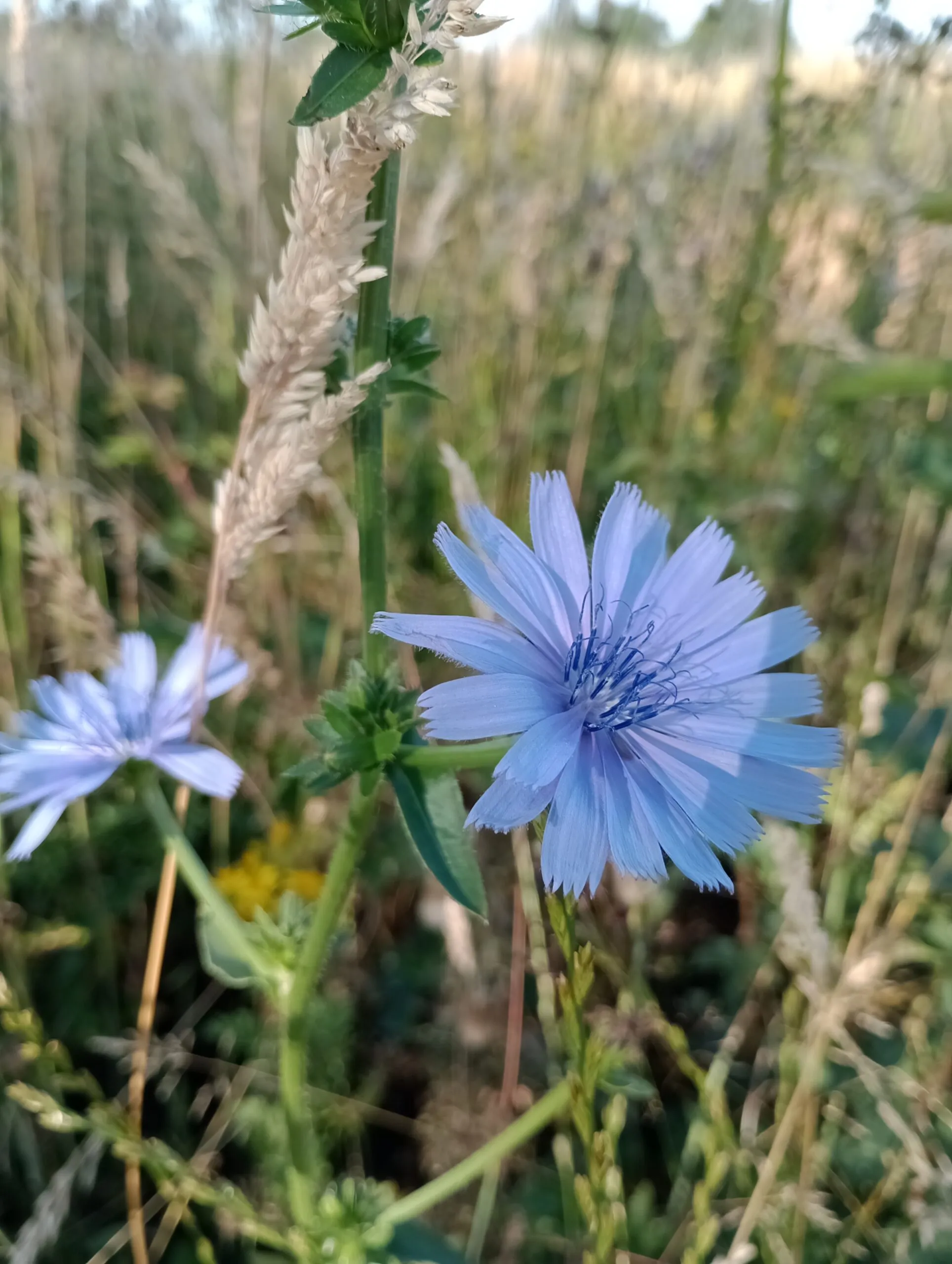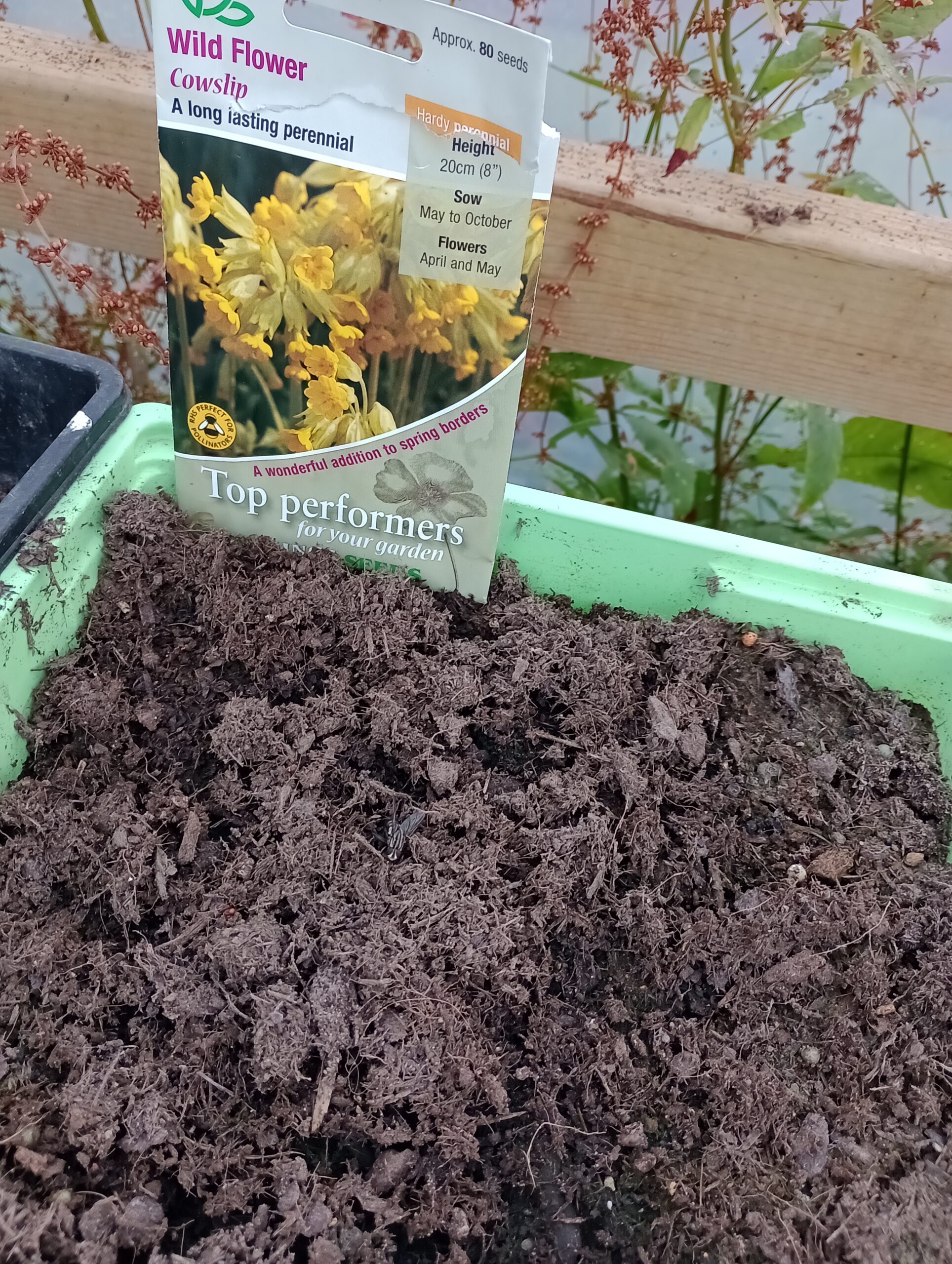
Increasing Biodivserity in the Outback



We are working on increasing the biodivserity in the Outback. Its a crucial part of what needs to be done here, But why?
Firstly, a biodiverse sward is home to many insects and animals and we need them more than they need us.
Secondly, the greater the variety of plants, the more mycrozonial fungi, the more carbon that collectively the plants and fungi can take from the atmosphere and store in the ground. A healthy bio diverse meadow can store 30% of the atmospheric carbon in the ground. It is one of the undervalued resources we have to tackle the ‘happening right now’ climate crisis. Plantlife has alot of information on this.
To increase the biodiversity here we hope to do three things this year.


Seed Sowing
There is an area near one of the ghost ponds where the soil is still exposed from the excavation of the ponds. Barry Moulton, who lives within a mile of us has the most wonderful wildflower meadow he has been nurturing for years now. Last week he collected seeds for us. Cowslips, Oxeye Daisy, Salsify, Grass Vetchling and Vetches. The pods of the Vetches ‘pop’ to spread the seed and as we picked many popped in our hands and as they warmed up. Some of these have already been broadcast. I am hoping to take advantage of the smatterings of rain we are getting this July to help them set.
Some of the seed has not been broadcast in the fields. Instead it will be sown into plugs and then hopefully in the autumn or spring we will be able to plant them in another test area and see how they go. I am delighted with the ‘Old Man’s Beard’ that has germinated. This is our native clematis, you may not notice the little lime green flowers but in the winter their fluffy seed heads really stand out against the bare branches of a hedge and look fantastic.


Bulb Planting
If you follow what I have been doing with the foliage and flower farm I have been nurturing you will see I really love our native flowers and shrubs and think they look stunning in flower arrangements. None more so than the Snakeshead Fritillary and our wild daffodils and tulip. I tested some in the most bio diverse bit of the Outback last year and they did well. So I am looking at suppliers to buy a few more to go in. With time, if they like the conditions they should naturalise and provide food for emerging polinators in spring.
.
.


Grass Cutting
This autumn we will cut some of the grass in the Outback, not all, just selected areas.
Why? Well I don’t want to cut down all the emerging scrub and Oak trees. They too are really important especially for our birds. Secondly, the wonderful rough grassland that has developed is just brilliant for birds of prey. Given we are a pre release site for Owl & Bird of Prey Suffolk & Essex having a good hunting ground with lots of voles and mice on the menu is important.
Once cut the cuttings will be removed which will help to reduce fertility, which helps the wildflowers. They will remain on site because we know we have grass snakes who need water, long grass, and nice piles of vegetation in which they can lay their eggs. So lets try and tick all of those boxes for them!


